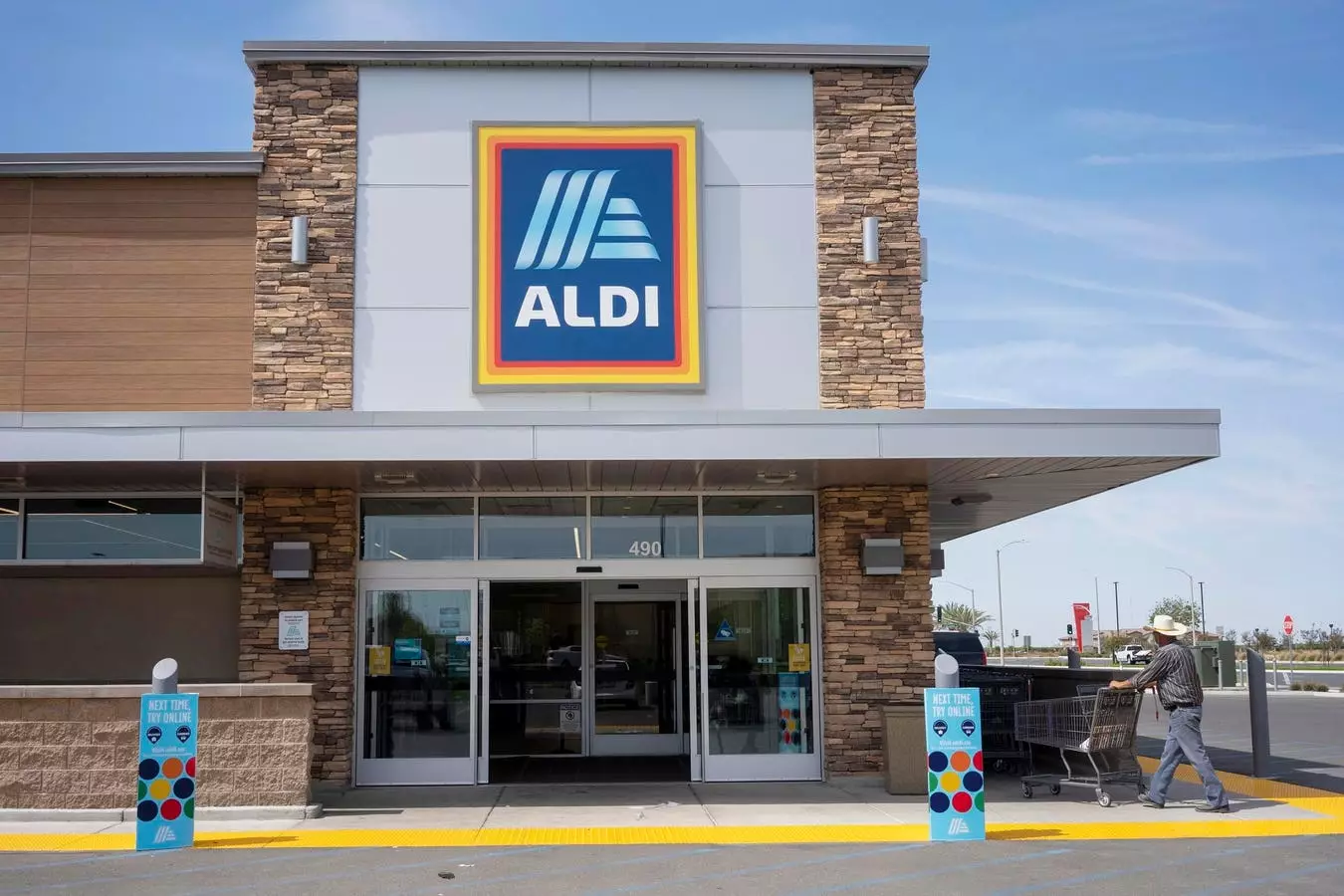In an era marked by soaring inflation and rising food costs, consumers are faced with the arduous task of balancing quality and affordability in their grocery shopping experiences. The landscape is changing, however, as award-winning supermarket chain ALDI has entered the spotlight with its first-ever Price Leadership Report. This report, utilizing third-party research, showcases ALDI’s marked price advantages over both traditional and discount competitors across several major U.S. cities.
The data revealed that ALDI stood strong against competitors like Walmart, Lidl, and Kroger in five key metropolitan areas—New York, Los Angeles, Chicago, Miami, and Houston—offering the lowest prices based on a shopping basket of 70 items. Utilizing the categories derived from the Bureau of Labor Statistics’ Consumer Expenditure Survey, the findings are not only noteworthy but also present clear evidence of the chain’s competitive edge.
To put the savings into perspective, a family of four spends an annual average of $10,610 purchasing brand-name products from other retailers. In contrast, opting for ALDI’s store brand products reduces this figure to $6,759—representing a substantial saving of 36 percent. The analysis further underscores the impact of shopping at ALDI: while consumers save $1,869 or 22 percent when buying store brands at competing retailers, the collective total savings for ALDI customers in 2023 amounted to an extraordinary $8.3 billion.
This quantitative analysis illustrates a broad and compelling narrative—that in a world where every cent counts, ALDI emerges as a leading contender for those looking to maximize their grocery budget without sacrificing quality.
ALDI’s CEO, Jason Hart, asserts with confidence that the supermarket chain is the clear leader in delivering value within the U.S. market. His insights shed light on a core aspect of ALDI’s approach: their robust supplier network, a system that extends globally and is finely tuned to deliver both affordability and quality. Whether shopping for locally sourced produce or imported specialty items, consumers can trust that they are getting good value without veering into the territory of compromised standards.
While a survey found that 76 percent of ALDI shoppers deem their store brands comparable to pricier options, my personal experiences validate Hart’s claims. Having toured ALDI’s test kitchens and participated in blind taste tests, I can attest that their products often stand out, if not surpass, those from well-established national brands.
ALDI has effectively transformed traditional grocery shopping into an experience that can be enjoyable and efficient. The brand’s no-frills store design facilitates quick access and minimizes consumer frustration—a stark contrast to the often overwhelming layout of larger competitors.
Many shoppers report spending an average of 30 minutes in-store, with 77 percent claiming this time-saving aspect enhances their overall shopping experience. This efficiency extends to ALDI’s pricing strategies, as evidenced by the fact that 71 percent of shoppers value low everyday pricing over digital coupons or ad specials. Such insights suggest that ALDI doesn’t merely aim to attract customers but cultivates loyalty through a deeply ingrained respect for their time and budget.
ALDI’s accomplishments extend beyond just providing lower prices; they also reflect a commitment to ethical sourcing and sustainability—the messages resonate with today’s conscientious consumer base. By actively sourcing environmentally friendly products and curating high-quality store brands free from artificial ingredients, ALDI pairs fiscal responsibility with social consciousness. Initiatives such as ensuring localized production and minimizing synthetic additives underscore this commitment and create an additional layer of trust between the brand and its consumers.
Moreover, when ALDI expands into new markets, the ripple effect on local pricing is profound. As they set competitive price points, neighboring retailers are compelled to reassess and lower their prices, broadening the benefits to the wider community. In essence, ALDI fosters a challenging but healthy market dynamic that ultimately empowers the average consumer.
As ALDI continues to expand and innovate, including recent acquisitions like that of Winn-Dixie, the market landscape is poised for further disruption. Consumers’ growing demand for transparency and integrity in retail practices aligns seamlessly with ALDI’s pricing model and product offerings.
Looking ahead, it appears that ALDI will not only retain its status as an influential player but may well be a blueprint for reshaping how grocery shopping is perceived—an arena where simplicity and affordability can lead to profound impacts. As we navigate the complexities of an inflationary food landscape, ALDI stands as a beacon for quality, value, and sustainability.

